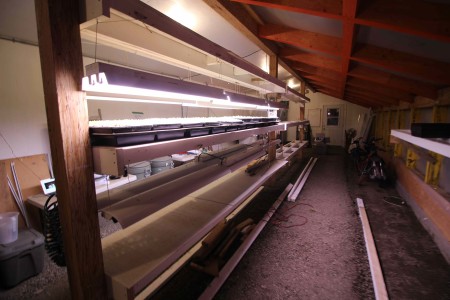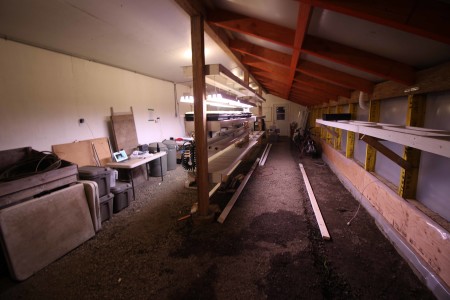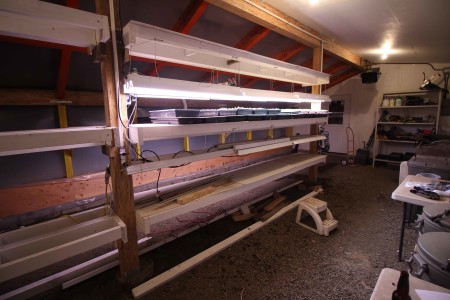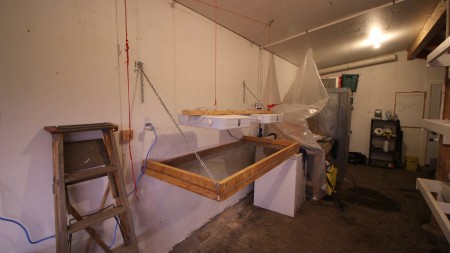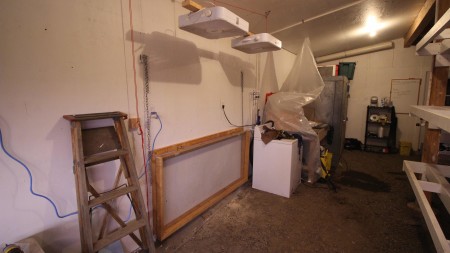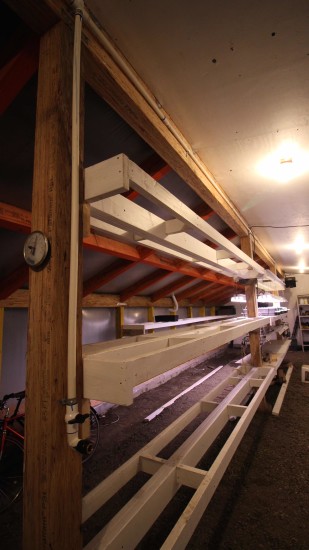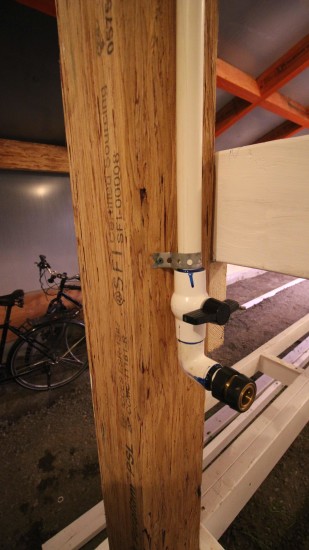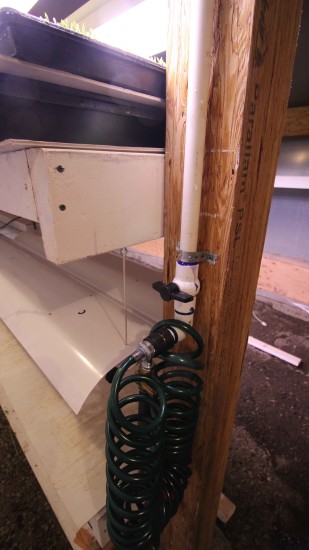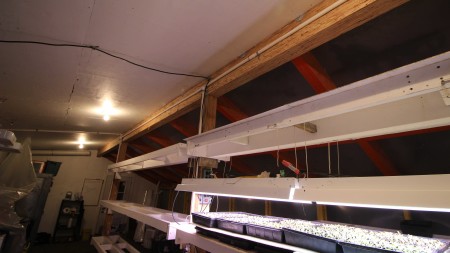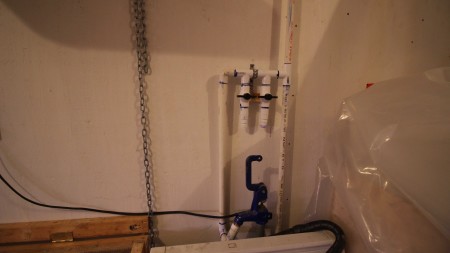Diego and I had the privilege of visiting Elizabeth and Paul Kaiser at Singing Frogs Farm in Sebastopol California, Friday January 15th.
This farm is a real model of what regenerative agriculture can look like. They are also an example of how there are many different ways to do things. Many work within the tool box of options.
I made a video with them and we also made a bonus episode of The Urban Farmer podcast to discuss the experience.
I will be in Melbourne Feb 27 & Sydney Feb 28.
https://www.milkwood.net/2016/01/18/new-book-the-urban-farmer-by-curtis-stone/
https://www.facebook.com/HuffingtonPost/videos/10153593374106130/
Is this the next evolution of farming?
It may very well be, and I’m all for it. It’s a great solution for dense urban areas with contaminated soil, or even in the deep north, and even in tropical climates that struggle with nematodes in the soil.
It’s been really exciting over the years to see this kind of technology take off. However, it’s still a long way from mass adoption. For an $80,000 prices tag with $20,000 yearly operating cost, it has not helped in the “barriers to entry” arena, and because of that, I think this is a long way from mass adoption. Where as a farmer like myself, growing veggies on leased land, can start up on $5000, and turn that into a $100,000 yearly enterprise in a matter of years. The amortization period for a Freight Farm is not even close to that.
Myself personally, I love working in the soil and find a huge connection to nature and community as a result. When you’re outside working, you feel the soil on your feet and hands, and people walking by see you, and that is what fosters relationships and community, which I believe is critical to connecting people to where their food comes from.
My other concern with hydroponic growing like this is access to nutrient density. There are some many micronutrients far beyond N/P/K (nitrogen, phosphorous, potassium) that exist in the soil such as calcium, boron, and iron that may not be supplemented in the liquid fertilizer provided for inputs, not to mention all of the other biological activity that living soils produce, which is the back bone of organic agriculture.
Working inside of a shipping container with artificial light seems far from an ideal working environment, but that’s alright. Especially if your outside conditions are inhospitable such as in the arctic circle or blighted urban environments. This will serve a niche and will perhaps be able to help bring fresh food access to millions of people in places that would not normally have it. I see a bright future for these folks and I hope too see these popping up in places that need them most.
Until then, I’m very happy working in the soil and I would encourage any farmer if they have access to land and soil to keep farming the old way!

